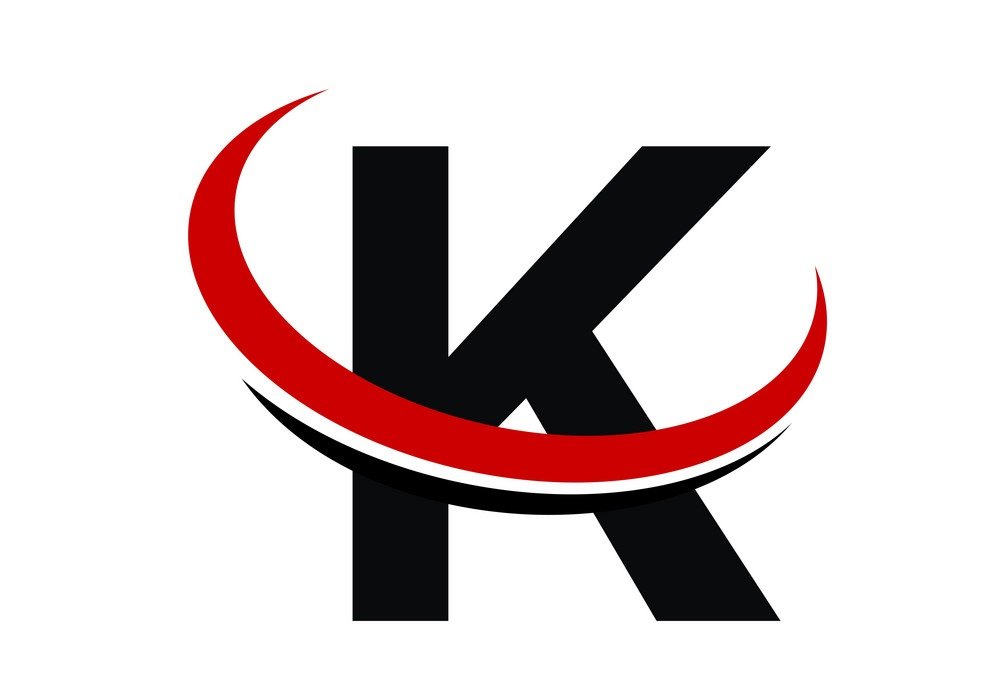Cubvh stands for CUDA Mesh Bounding Volume Hierarchy, and it’s a software library designed to accelerate ray tracing operations on meshes using the CUDA parallel computing architecture. In simpler terms, it helps render complex 3D scenes faster on Nvidia GPUs by optimizing how rays interact with objects.
What is Cubvh?
Cubvh is an open-source library developed by Aaron Shaw [1]. It provides a set of tools specifically designed for building and manipulating Bounding Volume Hierarchies (BVHs) for meshes on CUDA-enabled Nvidia GPUs. BVHs are data structures that organize 3D objects in a hierarchical fashion to improve the efficiency of ray tracing algorithms.
Here’s a breakdown of the key terms:
- CUDA: Compute Unified Device Architecture, a parallel computing platform developed by Nvidia for processing large datasets on GPUs.
- Mesh: A collection of vertices, edges, and faces that define the geometry of a 3D object.
- Bounding Volume Hierarchy (BVH): A tree-like data structure that groups objects in nested bounding volumes (simple geometric shapes like boxes or spheres) arranged in a hierarchy. This hierarchy allows for efficient ray intersection checks, as rays can quickly be discarded if they don’t intersect the bounding volume of a particular group of objects.
- Ray Tracing: A rendering technique that simulates the path of light in a scene by tracing the trajectory of individual rays of light. By calculating ray intersections with objects in the scene, realistic lighting effects and shadows can be generated.
Why Use Cubvh?
Traditional ray tracing algorithms can become computationally expensive when dealing with complex scenes with numerous objects. This is because each ray needs to be checked for intersection with every object in the scene, leading to a significant amount of redundant calculations.
Cubvh addresses this issue by leveraging the power of GPUs and BVHs. By building a BVH for a scene, Cubvh allows for a more efficient ray traversal process. Here’s how it works:
- Building the BVH: Cubvh takes a mesh as input and constructs a BVH on the GPU. The BVH starts with the entire scene as a single node and recursively subdivides it into smaller and smaller groups of objects. Each group is enclosed by a bounding volume, typically an Axis-Aligned Bounding Box (AABB).
- Ray Traversal: When a ray is cast into the scene, Cubvh starts by checking its intersection with the root node’s bounding volume. If there’s no intersection, the ray is discarded immediately. Otherwise, the algorithm continues to traverse down the BVH, checking intersections with the bounding volumes of child nodes. This process continues until the ray either intersects with a primitive object (like a triangle) or exits the scene entirely.
By utilizing the BVH, Cubvh significantly reduces the number of intersection tests needed. Rays that don’t intersect with large portions of the scene are discarded early on, leading to faster rendering times.
Benefits of Using Cubvh
There are several advantages to using Cubvh for ray tracing:
- Improved Performance: Cubvh leverages the parallel processing power of GPUs, resulting in significant performance gains compared to CPU-based ray tracing.
- Reduced Memory Consumption: By discarding rays that don’t intersect with large parts of the scene, Cubvh can help minimize memory usage on the GPU.
- Scalability: Cubvh can handle complex scenes with millions of triangles efficiently.
- Open-Source and Easy to Use: Being open-source, Cubvh is freely available and integrates well with existing CUDA-based rendering frameworks.
Applications of Cubvh
Cubvh finds applications in various fields that rely on real-time or high-fidelity ray tracing, such as:
- Real-Time Rendering: Cubvh can be used in applications like architectural visualization, video game development, and virtual reality (VR) to achieve high-quality, interactive 3D scenes.
- Scientific Visualization: For scientific simulations and data visualization, Cubvh can accelerate the rendering of complex datasets represented by meshes.
- Offline Rendering: Cubvh can also be used for offline rendering of high-quality animations and still images.
Beyond the Basics: Advanced Features of Cubvh
Cubvh offers additional features beyond basic BVH construction and traversal:
- Multiple BVH Types: Cubvh supports different BVH construction algorithms, including SAH (Surface Area Heuristic) and SAH with BVH re-builds, allowing users to choose the approach that best suits their specific needs.
- Dynamic BVHs: Cubvh can handle dynamic scenes where objects can move or change their positions. It allows for updating the BVH structure efficiently to reflect these changes.
Conclusion
Cubvh has emerged as a powerful tool for accelerating ray tracing on Nvidia GPUs. By leveraging CUDA and BVHs, it enables efficient rendering of complex 3D scenes, leading to faster performance, reduced memory usage, and improved scalability. Its open-source nature and ease of integration make it a valuable asset for developers working on real-time rendering applications, scientific visualization, and offline rendering projects. As the field of ray tracing continues to evolve, Cubvh is likely to play a significant role in pushing the boundaries of realistic and immersive 3D graphics.

